Ask AI on The Internet
Question: 1.1 Discuss with examples how a teacher can engage with texts critically when writing assignments or preparing notes. (10) 1.2. Briefly discuss five of the process of writing using your own words. (10) Section B (40) Question 2 2.1 You are asked to analyse texts by placing their information into categories. Briefly analyse a few aspects of a text that you would like to teach your learners. (10) 2.2 Differentiate between incidental and explicit learning. Provide an example for each type of learning. (10) 2.3 Illustrate three obstacles that can occur in the reading process. (10) 2.4 During your reading lessons, you realised that many learners are not interested in reading; rather they keep on making endless noise. You are frustrated and don’t know what to do. Your colleagues advise you to change the reading materials that you are using. 2.4.1 How will you solve the learners’ challenge concerning selecting relevant reading materials?
### Section A #### 1.1 Engaging with Texts Critically A critical engagement with texts involves analysis, questioning, and evaluating the material rather than merely consuming it passively. Teachers can do this in several ways: 1. **Questioning**: Encourage asking deep, probing questions about the text. For example, if a teacher is reading George Orwell’s "1984," they might ask: "What are Orwell's views on government surveillance as reflected in the book? How does this compare to modern-day issues?" 2. **Comparative Analysis**: Teachers can compare the text with other texts or real-life situations. If reading Chinua Achebe’s "Things Fall Apart," a teacher might compare the impact of colonialism depicted in the novel with historical events elsewhere in the world. 3. **Evaluating Arguments**: Critically assess the arguments presented in the texts. For example, when studying essays or opinion pieces, teachers can evaluate the strength of evidence presented and the logic of the arguments. 4. **Identifying Bias**: Teachers should pinpoint the author's biases and aim to understand the context in which the text was written. This could involve analyzing a historical document and considering the cultural and socio-political norms at the time it was written. 5. **Connecting to Personal Experience**: Relating the text to the teacher's or students' personal experiences can deepen understanding. For example, discussing themes of identity in "The Catcher in the Rye" and relating them to the students' own teenage experiences. #### 1.2 Five Processes of Writing 1. **Pre-writing**: This is the brainstorming phase where ideas are generated. If writing an essay on climate change, one might list potential topics, research statistics, and outline key ideas. 2. **Drafting**: This involves putting ideas into sentences and paragraphs without worrying too much about perfection. For example, jotting down thoughts on the impact of deforestation in a rough draft. 3. **Revising**: The focus here is on improving the content and structure. A writer might add more evidence, re-organize paragraphs, or clarify arguments to enhance coherence and impact. 4. **Editing**: This process involves correcting grammar, punctuation, and spelling errors. For instance, reviewing an essay to fix typos, punctuation mistakes, and awkward sentence structures. 5. **Publishing**: Sharing the final piece with an audience. This could be submitting an assignment, posting a blog entry, or distributing printed notes to students. ### Section B #### 2.1 Analyzing Texts When analyzing texts, you might categorize information into themes such as: 1. **Main Ideas**: Identify the primary message or argument the text conveys. For example, in Martin Luther King Jr.'s “I Have a Dream” speech, the main idea is the call for racial equality and justice. 2. **Supporting Details**: These reinforce the main ideas. In a scientific article on climate change, details might include statistics on rising temperatures, changes in wildlife populations, and evidence of melting ice caps. 3. **Purpose and Audience**: Understand why the text was written and who it was intended for. For instance, a public health announcement may be designed to inform the general public about vaccination benefits. 4. **Tone and Style**: Analyze how the author’s tone and writing style contribute to the text. A satirical news piece might use irony and humor to critique societal issues. 5. **Context**: Consider the historical, cultural, and social contexts in which the text was written. For example, Shakespeare’s "Macbeth" can be better understood by knowing about the Elizabethan era’s beliefs in fate and supernatural elements. #### 2.2 Incidental vs. Explicit Learning **Incidental Learning** occurs naturally and often unintentionally through interaction with the environment. For example, a child learning new vocabulary by overhearing adults conversing. **Explicit Learning** is structured and intentional, with a clear goal. An example is a teacher explicitly explaining grammar rules in a language class. #### 2.3 Obstacles in the Reading Process 1. **Vocabulary Difficulties**: Students may lack the vocabulary necessary to understand the text, leading to confusion and frustration. 2. **Background Knowledge**: Without sufficient background knowledge, students might struggle to grasp the context or references in the text. 3. **Reading Motivation**: A lack of interest in the material can lead to disengagement and poor comprehension. #### 2.4 Motivating Learners to Read **2.4.1 Selecting Relevant Reading Materials** To solve the learners’ challenge, you might: 1. **Survey Interests**: Conduct a survey to understand students' interests and select texts aligned with their preferences. 2. **Diverse Genre Selection**: Provide a variety of genres (e.g., fiction, non-fiction, comics, biographies) to cater to diverse tastes. 3. **Relatable Content**: Choose content that students can relate to their lives, such as stories set in familiar settings or dealing with common adolescent issues. 4. **Interactive Activities**: Integrate activities that make reading fun, like group discussions, role-plays, or creative projects based on the text. 5. **Incorporate Technology**: Use digital texts and e-books to engage tech-savvy students, possibly incorporating multimedia elements. By tailoring reading materials to the interests and needs of your students, you can foster a more engaging and effective learning environment.
Think your answer is better than the AI's? Post it below.
Other Most Relevant Posts:
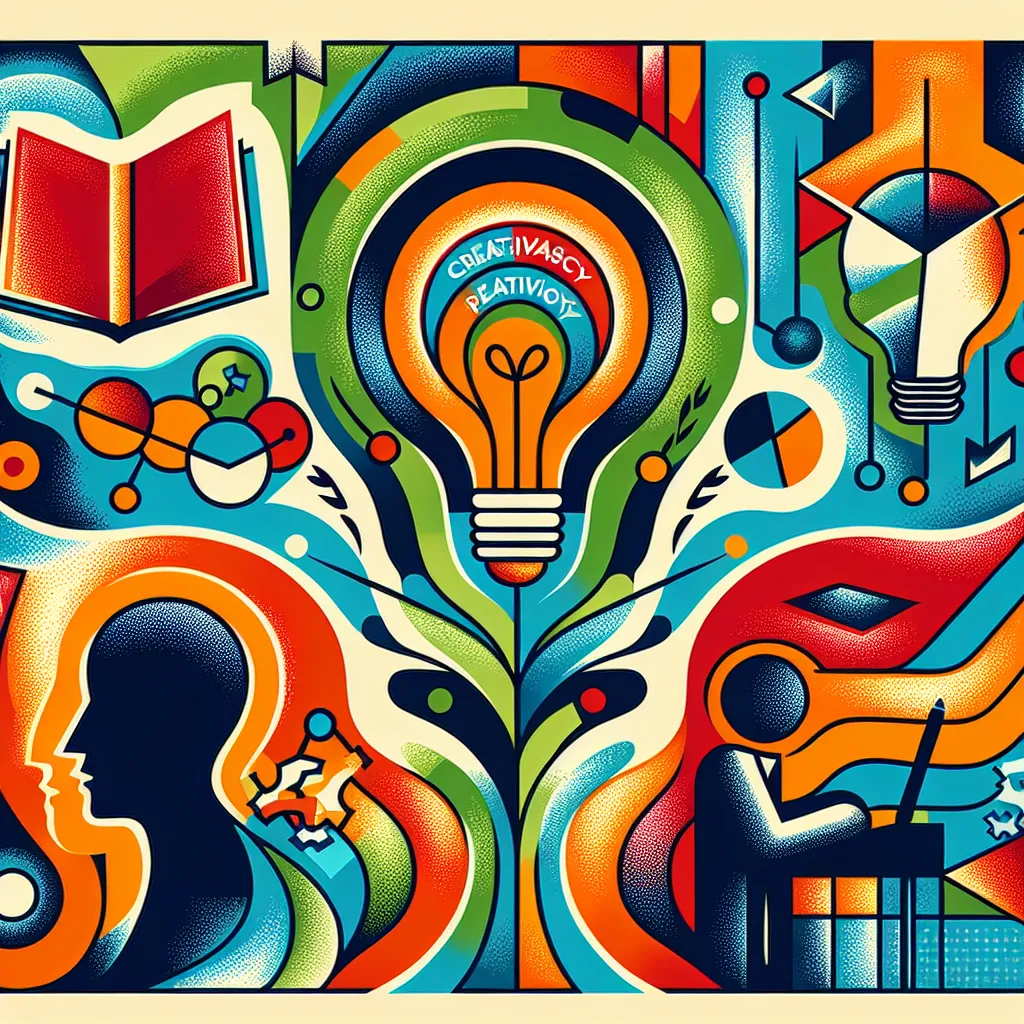 1. Formal Language, Didactics, Genres, Explicit Learning, Incidental Learning
2. Carol Read’s Pillars of Creativity
3. Key Themes of Multimodal Literacies, Advice for Mrs. Zaza
4. Short Story: "T
1. Formal Language, Didactics, Genres, Explicit Learning, Incidental Learning
2. Carol Read’s Pillars of Creativity
3. Key Themes of Multimodal Literacies, Advice for Mrs. Zaza
4. Short Story: "T
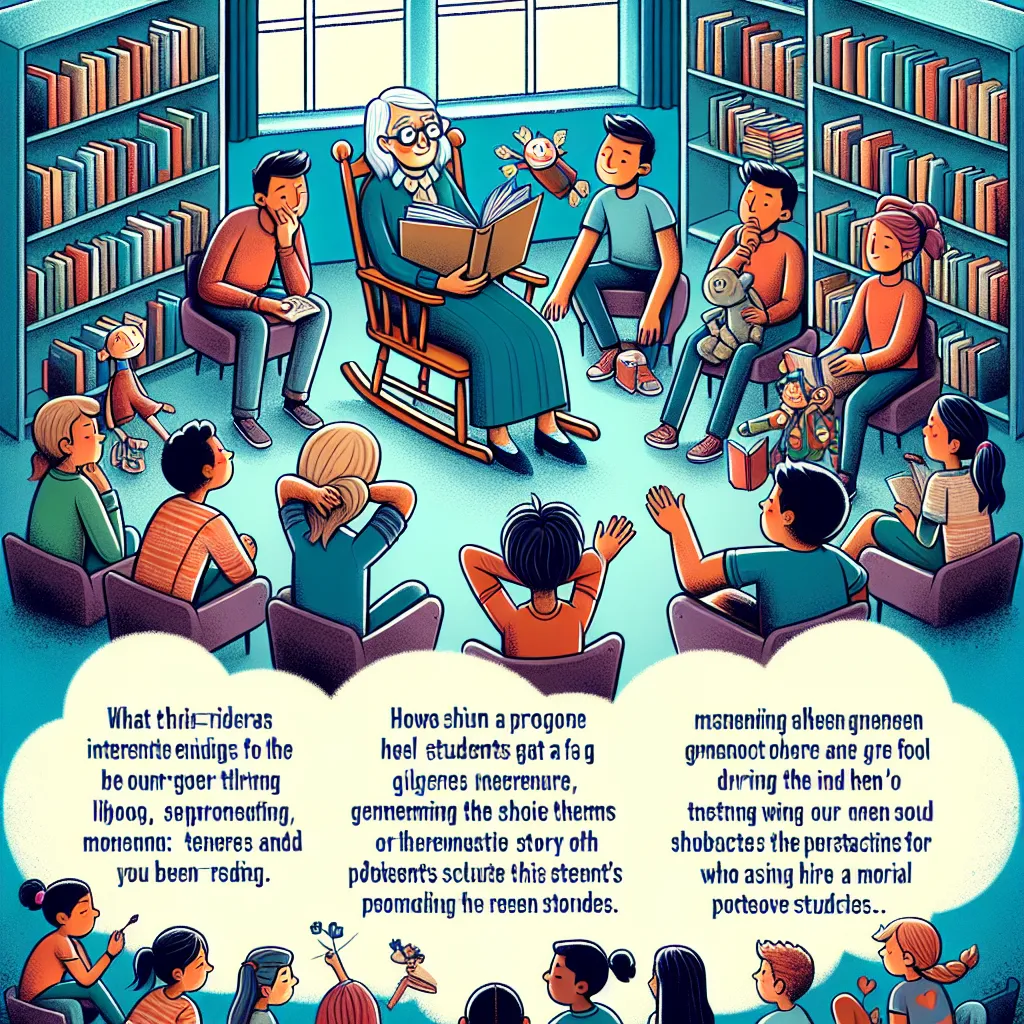 1. Encouraging Participation in Library Activities
2. Creating Memorable Reading Experiences
3. Engaging Imagination with Alternative Endings
4. Personalized Storytelling Approach
5. Introducing
1. Encouraging Participation in Library Activities
2. Creating Memorable Reading Experiences
3. Engaging Imagination with Alternative Endings
4. Personalized Storytelling Approach
5. Introducing
 Section A (20): Understand Concepts in Language, Didactics, Genres, and Learning
Section B (40): Discuss Carol Read’s Pillars of Creativity
Section B: Analyze Key Themes in Multimodal Literac
Section A (20): Understand Concepts in Language, Didactics, Genres, and Learning
Section B (40): Discuss Carol Read’s Pillars of Creativity
Section B: Analyze Key Themes in Multimodal Literac
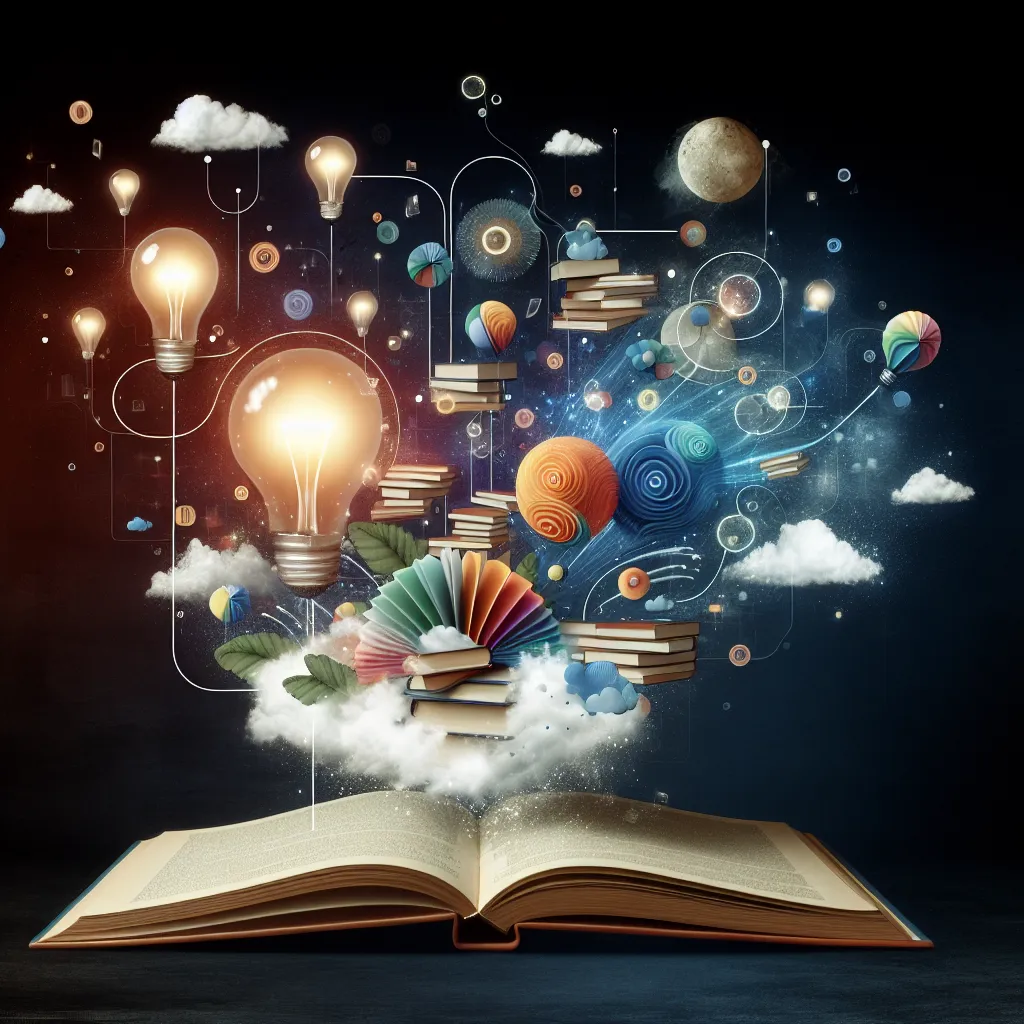 1.1 Encouraging Library Participation
1.2 Memorable Reading Experience
1.3 Engaging Imagination
1.4 Personalized Reading
1.5 Moral Dilemma in Reading
1.1 Encouraging Library Participation
1.2 Memorable Reading Experience
1.3 Engaging Imagination
1.4 Personalized Reading
1.5 Moral Dilemma in Reading
Question Tags
If you want your question answered by an AI, click here.
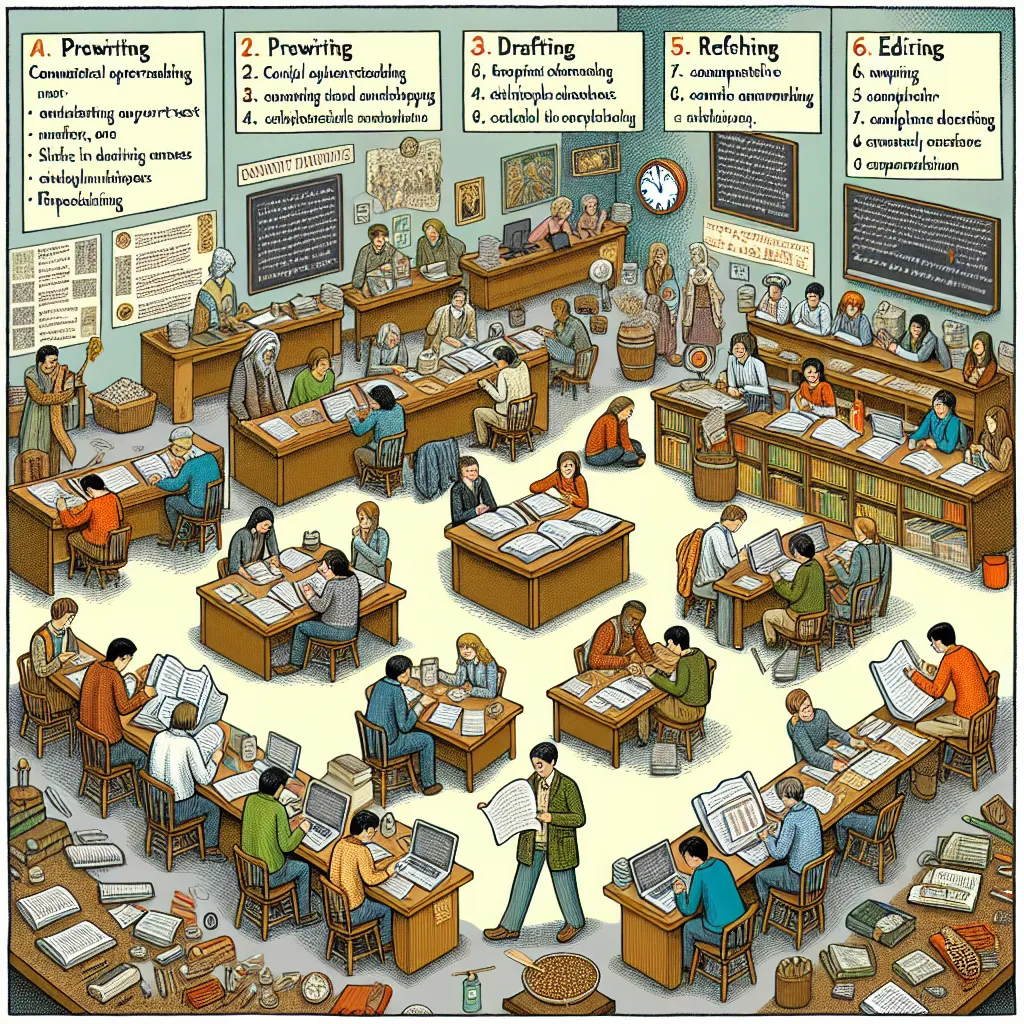
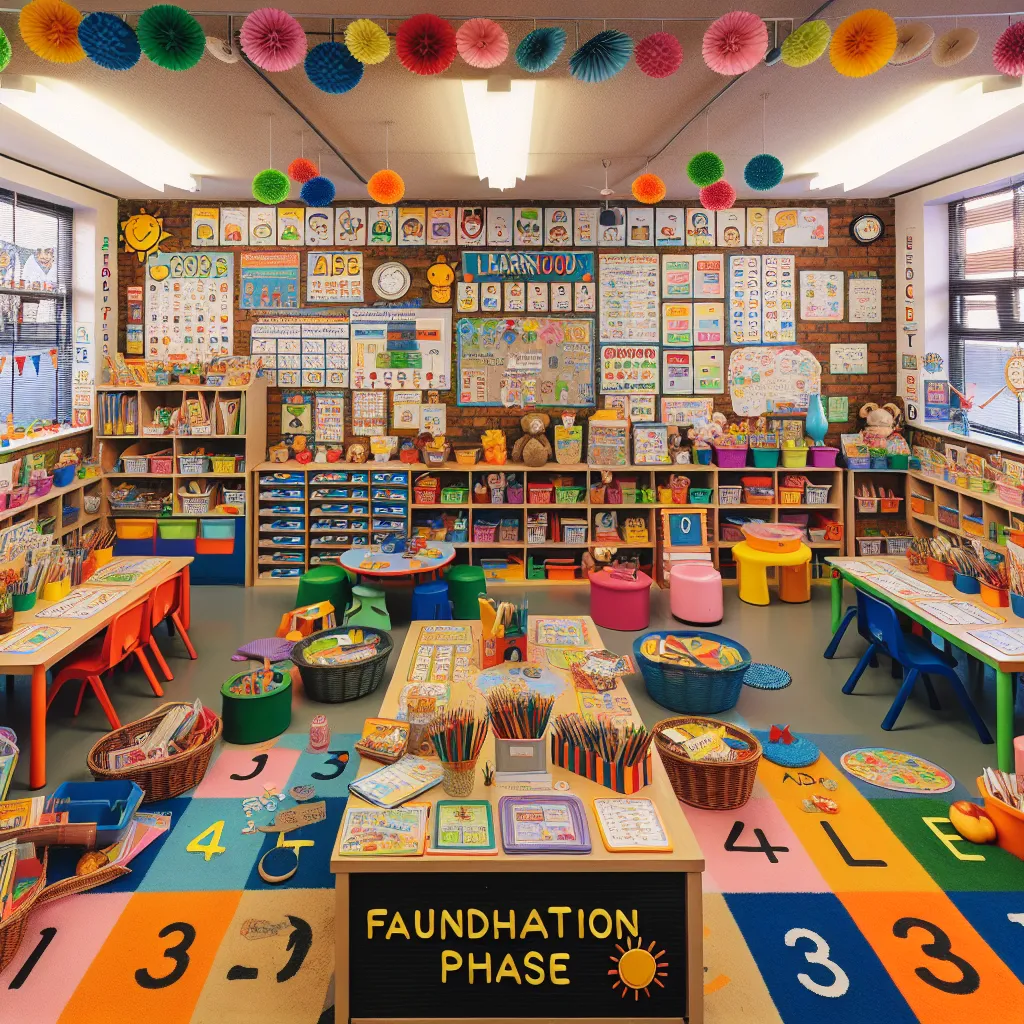
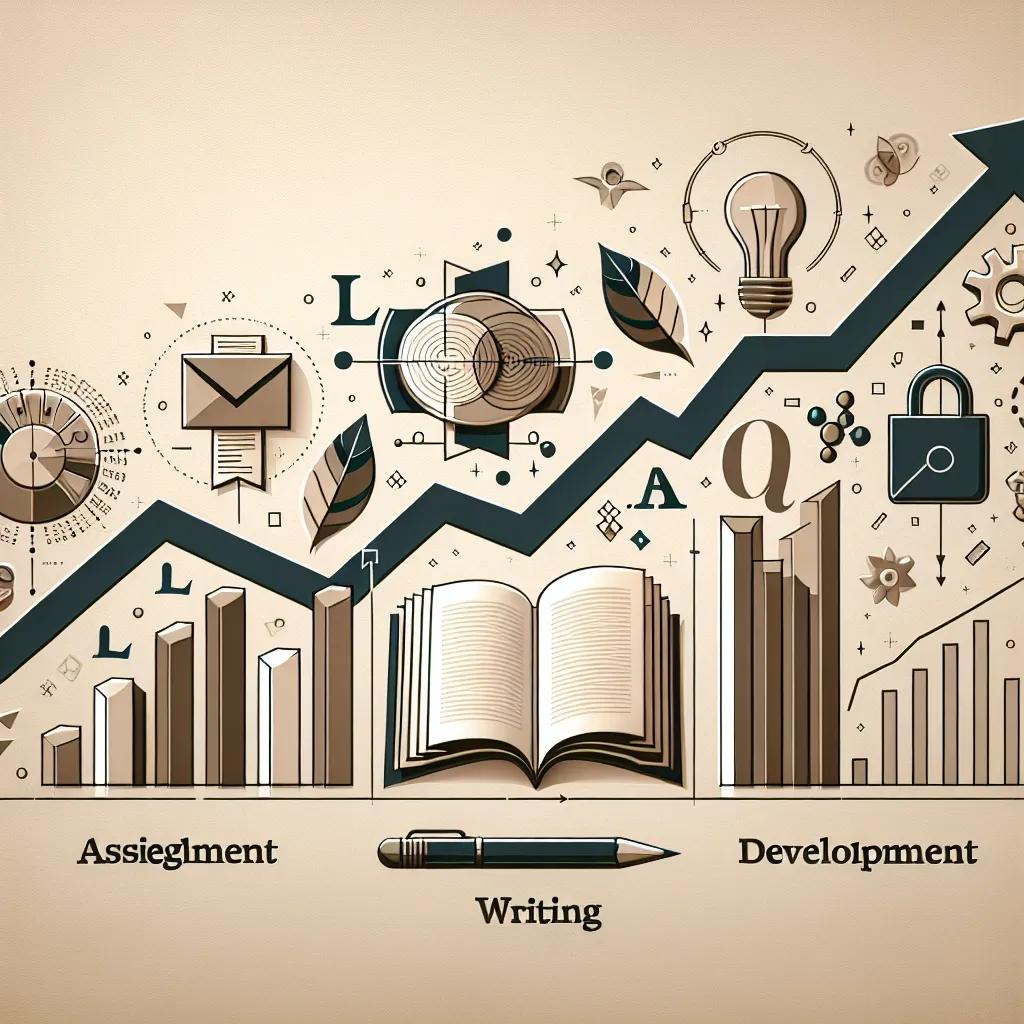
Post your own comment: